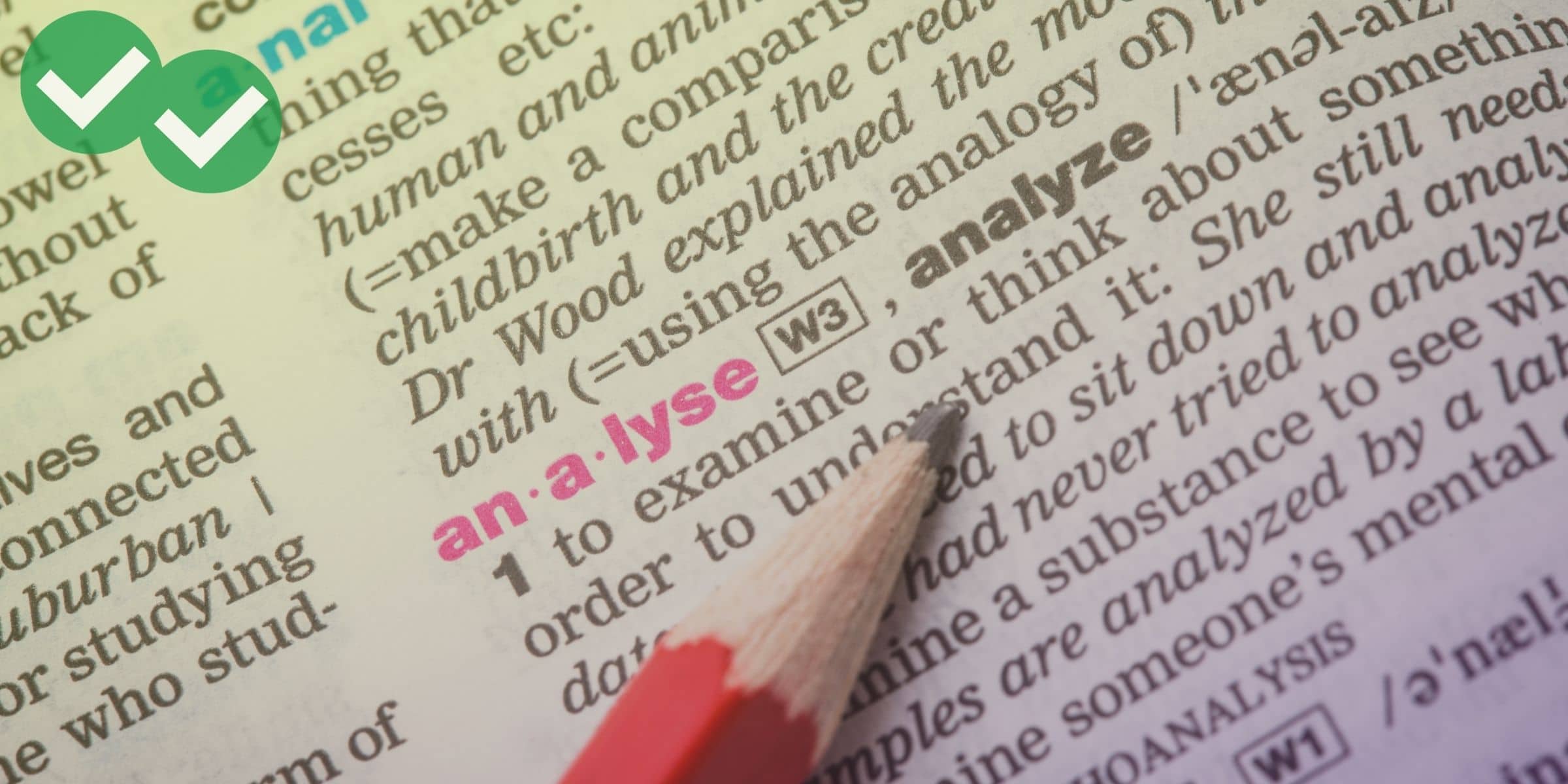So… Is the TOEFL Easy?
When it comes to preparing for the TOEFL, the difficulty of the test is the elephant in the room (meaning everyone is wondering about it, but no one quite knows what to do). Unfortunately, there’s no simple answer to this question. The research that has been done on the subject has one major, unavoidable flaw: it’s very difficult to scientifically determine language difficulty. With that in mind, let’s take a look at the individual sections of the test and consider their difficulty as best we can.
How Hard Is the TOEFL Reading Section?
Generally speaking, TOEFL reading is near the same difficulty as reading authentic American news sources, although the subject matter and vocabulary aren’t exactly the same. News media are not as focused on science and history as the TOEFL is.
That academic focus is a large part of the difficulty. According to a study from 2012, TOEFL reading is slightly more difficult than the average written English text, largely because the reading section uses more academic vocabulary. But this sense of “difficulty” depends on your native language, in part. That’s because there is no conversational, informal English in the text—only material you might find in a book that you read for a university class. And if your native language has Latin roots (e.g. Spanish, Italian, Portuguese, or French), then academic English may be easy compared to informal English, because academic English often has Latin roots. If your mother tongue isn’t Latin-based, though, those academic words are more difficult, because they are rare in general English. Words like “comprise,” for example, show up more often in TOEFL reading, but only rarely in relaxed speech.
Meanwhile, the timing of the reading section can also cause some serious trouble. You must be able to read those academic texts at a natural pace. Maybe you can work slowly through an article in the New Yorker with the help of a dictionary, but that doesn’t mean you’re going to get a top score on TOEFL reading. You have to read 750 words and answer 10 multiple choice questions in just 18 minutes.
That said, the TOEFL reading is easier than reading comprehension on the GRE, GMAT, or SAT, because you don’t need to understand as many subtle details. You only really need the plain information that is written, rather than the author’s intentions.
How Hard Is the TOEFL Listening Section?
For a lot of students, the listening section is the hardest. The reading section has the hardest vocabulary, but the listening section gives us two major problems that the reading doesn’t. First of all, the recordings, though they are slightly slower than natural speech, are otherwise completely natural. They include all the “umms,” “likes,” “y’knows,” and sloppy pronunciation that make American speech sound the way it does. Second, you can only hear each recording once, and they can be over five minutes long. It’s tough to pay attention that long, and it’s even tougher to remember the information from the beginning of the lecture once you get to the questions. If you can listen to lots authentic speech (TV shows, for example), then you’re in a good position.
That’s not to say that the TOEFL listening is very similar to American or English TV. It’s not. TV shows are much more difficult, on average, because characters speak more quickly, use more idioms, and often speak at the same time as each other. TOEFL listening is comparatively simple (even though it is often academic, about scientific topics). But keep in mind that the listening section is difficult largely because of the amount of information you hear and the expectations of memory. You need to take notes and remember a lot of detail!
How Hard Are the TOEFL Speaking and Writing Sections?
I’m going to group these two sections into one, here, because they’re equally hard to measure. Consider two things:
- 3/4 of speaking and 1/2 of writing are about reading and/or listening
- There are no “right” or “wrong” answers to measure difficulty with
On that first point, the difficulty of these sections is very similar to the difficulty of the other sections, because they include the same skills, the same academic vocabulary, and the same “natural” speech that you listen to. So you might say that these two sections are similar in difficult to the reading and listening sections.
But on the other hand, answering a question such as “Name a person you respect, and explain why” can give a very wide range of answers, depending on your level of English. So you might say that it’s a “hard” question because you can give a complicated answer. But you could also say it’s “easy,” because a simple answer with common vocabulary is also possible. What I mean to say is that the difficulty here is based largely on how advanced your vocabulary and grammar are. It’s really just a range from non-communicative up to native-speaking. The difficulty depends on you and your vocabulary and grammar.
If you’ve started practicing for the TOEFL and find it to be really hard, check out our TOEFL prep. 🙂 Happy studying!






Leave a Reply